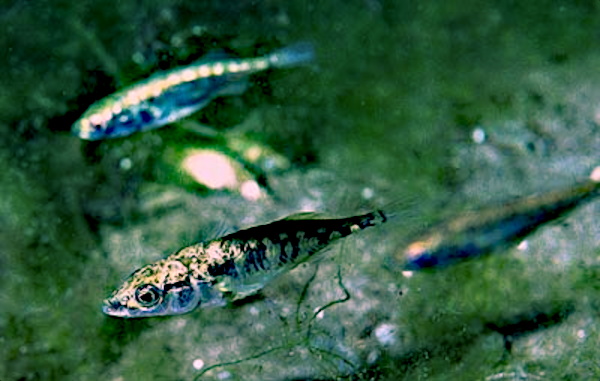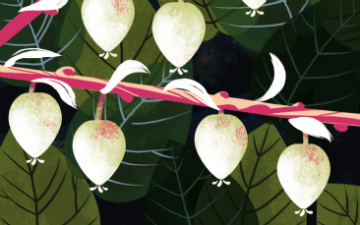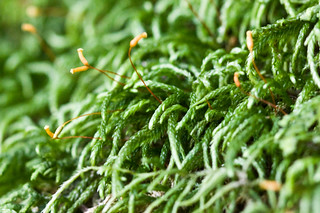Beaty Biodiversity Museum Starter Deck
2012 – (See Cards | Deck Info | Download | Purchase)…
This deck includes a variety of organisms that are locally relevant to habitats in British Columbia, as well as species found in the museum’s exhibition space. The game consists of 30 different cards, encompassing a variety of organism and events.

Three-spined Stickleback
Gasterosteus aculeatus



7 POINTS
Play: Gasterosteus aculeatus has a MOVE of 2 and can also feed on ZOOPLANKTON.
Fact: Gasterosteus aculeatus has a pelvic fin which is used to protect the fish against other fish predators

Pacific Krill
Euphausia pacifica


4 POINTS
Play: Euphausia pacifica has a MOVE of 1 and feeds on (should be played adjacent to) a PLANKTON species card.
Fact: Euphausia pacifica oil can be used as a food supplement

Salal
Gaultheria shallon


1 POINT
Fact: Gaultheria shallon has edible berries and is also an important medicinal plant for Aboriginal peoples.

Purple Sea Urchin
Strongylocentrotus purpuratus


5 POINTS
Play: Strongylocentrotus purpuratus has a MOVE of 1. Must be played adjacent to at least one OCEAN terrain.
Fact: Strongylocentrotus purpuratus may live as long as 70 years.

Phytoplankton
Class: Bacillariophyceae


1 POINT
Play: Symbiodinium spp has a MOVE of 1, and is often eaten by KRILL SPECIES.
Fact: Symbiodinium spp are also crucially dependent on minerals

Moss
Isothecium cristatum



2 POINTS
Fact: Like other mosses, Isothecium cristatum does not have flowers and seeds, but reproduces using spores and spore capsules.